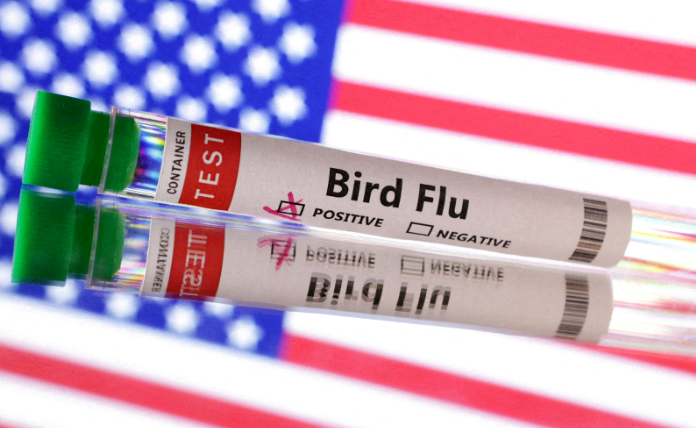Challenges in Tracking Human Bird Flu Cases: An Emerging Concern
Tracking the progression of infectious diseases has always been a complex task for health departments worldwide. With the added intricacies of zoonotic diseases like bird flu, these challenges are only magnified. Recent developments have highlighted the growing difficulties faced by health departments in efficiently monitoring human cases of bird flu.
An Overview of Bird Flu in Humans
Bird flu, or avian influenza, is primarily a virus that affects birds. However, certain strains can jump from birds to humans, leading to infections that vary in severity. While the transmission from human to human is rare, the potential for widespread outbreaks looms large, making vigilant tracking crucial.
Why Tracking is Crucial
Health departments rely on tracking to:
- Identify and isolate cases promptly to prevent further transmission.
- Understand the virus’s behavior and evolution in humans.
- Develop targeted treatment and vaccination strategies.
Despite these priorities, tracking human bird flu cases presents unique challenges that can impede timely and effective responses.
Main Challenges in Tracking Human Cases
1. Limited Testing Capabilities
Most health departments struggle with insufficient testing resources when it comes to detecting bird flu in humans. This limitation arises from the high costs associated with developing and distributing specialized testing kits. As a result, many cases can go undetected or misdiagnosed as seasonal flu.
2. Symptom Overlap with Common Illnesses
The symptoms of bird flu in humans—such as fever, cough, and sore throat—are similar to those of more common respiratory illnesses. This overlap complicates the identification of cases without specific testing, often leading to delays in treatment and containment.
3. Global Travel and Its Impacts
With the ease of international travel, an undiagnosed case can quickly find its way across borders, escalating into a more widespread issue. Health departments must coordinate efficiently and share information internationally to track and control potential outbreaks.
Strategies to Overcome These Challenges
Health departments are actively seeking strategies to better manage and track bird flu cases despite the mentioned challenges. Some strategies being explored include:
1. Enhanced Surveillance Systems
Developing robust surveillance networks that integrate data from hospitals, clinics, and laboratories can significantly enhance tracking efficiency. These systems can alert health officials to potential outbreaks and facilitate quicker responses.
2. Increasing Public Awareness and Education
Educating the public about bird flu can lead to increased vigilance and cooperation. When individuals are informed about symptoms and transmission methods, they are more likely to seek testing and treatment when necessary, aiding in the overall monitoring efforts.
3. International Collaboration
Collaboration between countries and international health organizations is crucial for sharing information and resources. This cooperation can lead to better tracking systems and a more unified approach in tackling bird flu on a global scale.
The Role of Technology in Tracking
Leveraging technology is pivotal in enhancing the tracking of bird flu cases. Innovations in the field can help bridge the gaps faced by traditional methods.
1. Real-Time Data Analytics
Utilizing real-time data analytics, health departments can monitor trends and predict potential outbreak hotspots. This ability helps in preemptively addressing areas at higher risk and deploying resources efficiently.
2. Mobile Health Applications
Developing mobile apps that allow individuals to self-report symptoms can contribute valuable data for tracking purposes. These apps can also inform users of potential exposure and provide guidance on seeking medical attention.
Looking Ahead
The challenges facing health departments in tracking human bird flu cases underscore the need for comprehensive strategies and increased global collaboration. With zoonotic diseases posing a growing threat, it is vital to enhance tracking capabilities continuously.
By addressing gaps through technology, international cooperation, and public education, health departments can better protect populations and mitigate the impacts of bird flu. The proactive adaptation of these strategies today will play a critical role in fostering resilience against bird flu and other emerging infectious diseases in the future.









